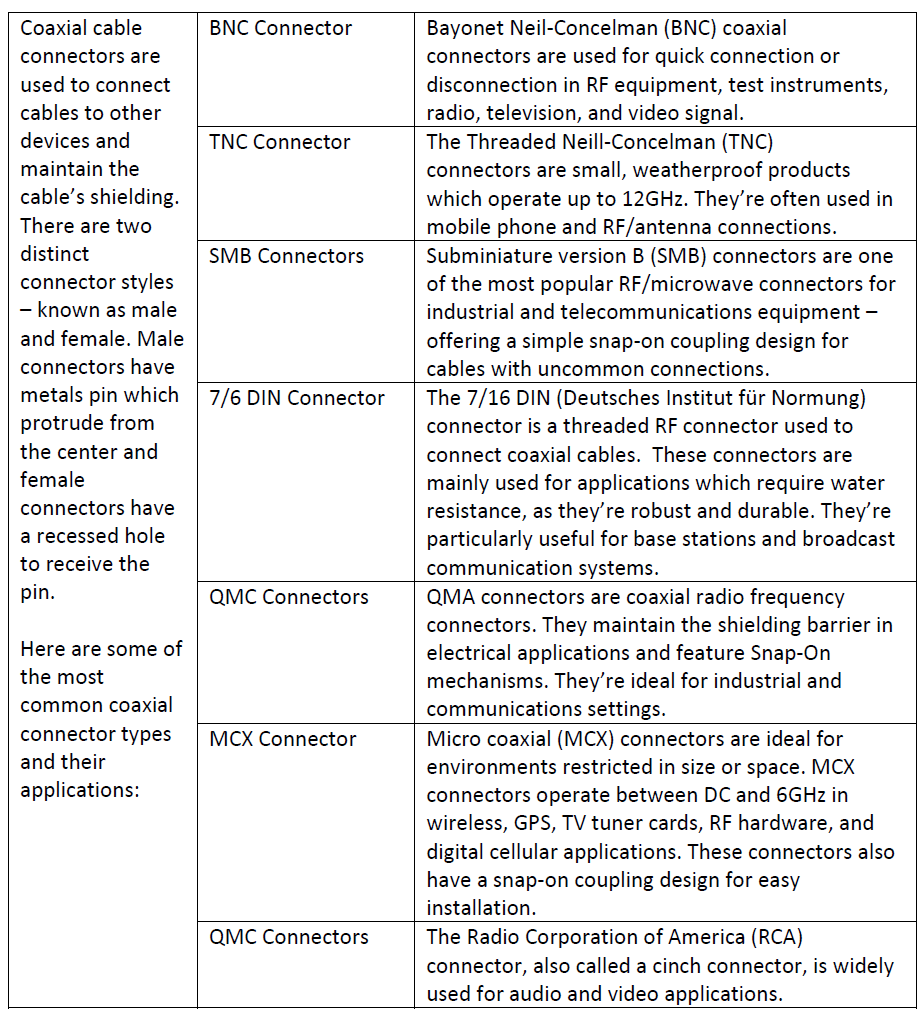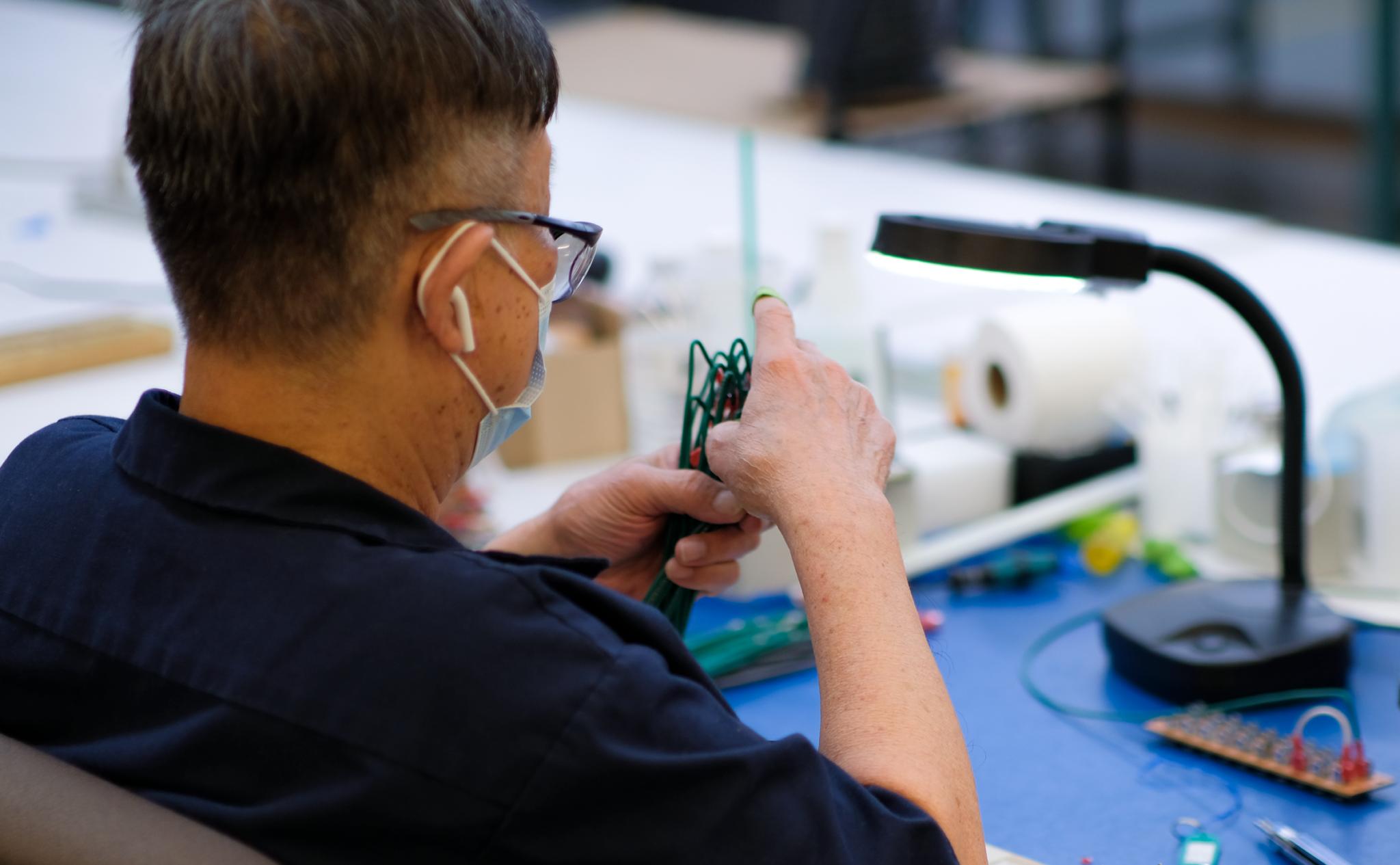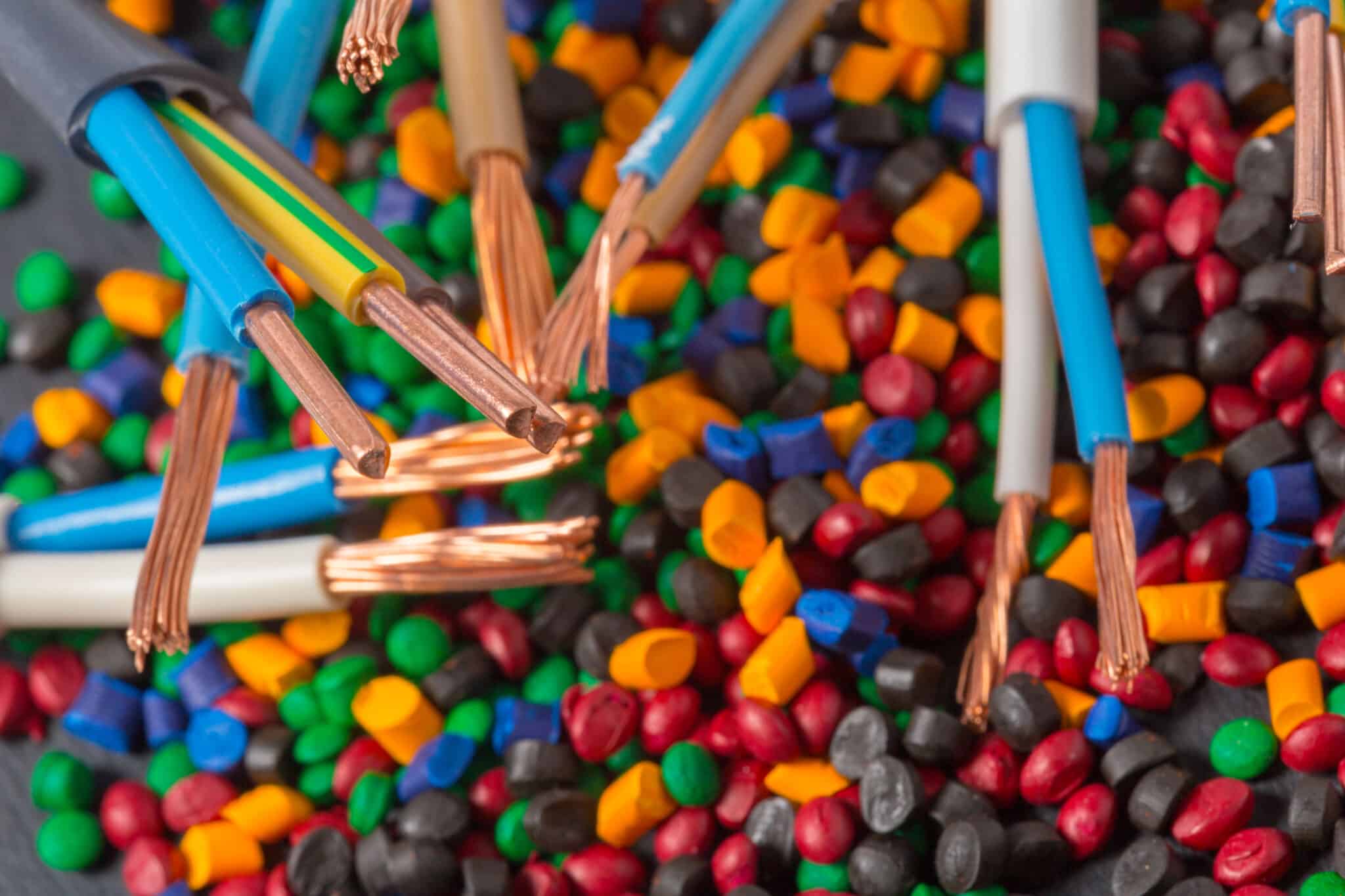RF Cable Assembly: Quality and Reliability
An RF (radio frequency) cable assembly is a type of interconnect that is used to transmit radio frequency signals. These signals can be used for a variety of purposes, including television and radio broadcasting, cellular communications, and satellite communications.
Types of RF Cables
The basic structure of an RF cable consists of a conductor, an insulator, and a shield. The conductor is typically made of copper or aluminum and is responsible for carrying the electrical signal. The insulator is used to prevent the signal from escaping the cable and interfering with other electronic devices. The shield is used to protect the cable from external interference, such as electromagnetic interference (EMI) and radio frequency interference (RFI).
Coaxial Cables
These are the most common type of RF cable and are used in various applications, including television and radio broadcasting, cable television, and satellite communications. They have a central conductor surrounded by an insulating layer, which is then surrounded by a braided or foil shield.

Twin-axial cables
These cables are like coaxial cables but have two conductors instead of one. They are often used in high-frequency applications, such as microwave communications.
Quad-shielded cables
These are like coaxial cables but have four layers of shielding to protect against interference. They are often used in applications where the line runs near high-power electrical equipment.
Types of RF Cable Connectors

Industry Standards
In addition to the types of RF cables discussed earlier, it’s also important to consider industry standards when selecting the appropriate RF cable for a specific application. One of the most widely recognized standards for RF cables is the IPC/WHMA-A-620 standard.
The IPC/WHMA-A-620 standard is a joint standard developed by the International Printed Circuit Association (IPC) and the Wire Harness Manufacturers Association (WHMA). It provides guidelines for the manufacturing and assembly of cables and wire harnesses, including RF cables. Adhering to the IPC/WHMA-A-620 standard ensures that the RF cable will meet the quality and reliability requirements of the end-use application.
ATRON’s Proprietary Testing Method
In addition to adhering to industry standards such as the IPC/WHMA-A-620, ATRON also testing capabilities ensure that they meet these standards with 0 escapes. ATRON can both HiPot test to 5 kV and the Insertion Loss test to 6 GHz. ATRON’s commitment and unique approach to quality and verification testing allow ATRON to go above and beyond to ensure the quality and reliability of its products.
ATRON’s involvement in creating industry standards and its approach to quality and validation testing methods makes them a great choice when looking for a supplier who can provide custom build-to-print RF cable assemblies that meet the highest industry standards. ATRON guarantees the quality and reliability of its products. This gives customers peace of mind knowing that the RF cable assemblies they receive from ATRON have been thoroughly tested and evaluated to ensure their reliability and effectiveness.







